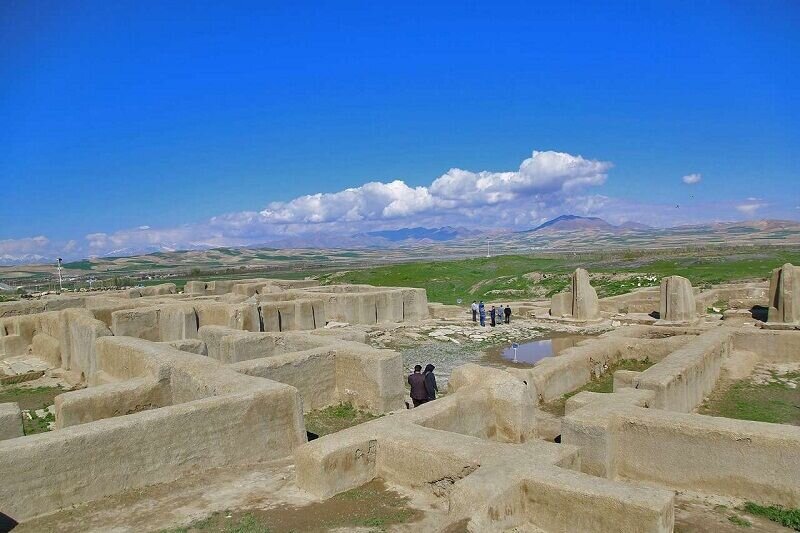90 historical sites demarcated in West Azarbaijan

TEHRAN –Some 90 historical sites and structures across the northwestern West Azarbaijan province have recently been demarcated in a bid to curb illegal constructions within their boundaries.
Mapping projects of 37 more properties in the cities of Urmia, Khoy, Salmas, Sardasht, Chaldoran, Piranshahr, and Mahabad are also underway as a prerequisite for demarcation, the deputy provincial tourism chief has said.
The demarcation project aims at preserving and protecting historical sites by creating a legal ban against intruders, Hassan Sepehrfar announced on Monday.
Constructing high-rise buildings that distort the visual elements of the demarcated properties or the use of uneven materials next to them is prohibited, the official added.
He also noted that landscaping and flooring in the surrounding areas need to be under the supervision of archeologists and cultural heritage experts.
West Azarbaijan embraces a variety of lush natural sceneries, cultural heritage sites, and museums including the UNESCO sites of Takht-e Soleyman and Qareh Klise (St. Thaddeus Monastery), Teppe Hasanlu, and the ruined Bastam Citadel.
The region has been the seat of several ancient civilizations. It formed part of Urartu and later of Media. In the 4th century BC, it was conquered by Alexander the Great and was named Atropatene after one of Alexander’s generals, Atropates, who established a small kingdom there. The area returned to the Persian (Iranian) rule under the Sasanians in the 3rd century CE. The Arabs controlled Azerbaijan from the 7th century until Turkish nomads overran it in the 11th century. Thenceforth the inhabitants of the region were Turkish speakers. The region was overrun by the Mongols in the 13th century, and, under the ruler Hulegu, Azarbaijan became the center of a Mongol empire extending from Syria on the west to the Oxus River (now Amu Darya) on the east.
ABU/AFM
Leave a Comment